You need to catch carbon in the soil, even if it doesn't solve the climate problem.
- Soils can be part of the solution to combat climate change. The unploughed techniques developed in the United States have many positive side effects, one of them is the increase in the carbon content of soils, reducing the concentration of CO2 in the atmosphere without the secondary risks of geoengineering. However, our knowledge of soils is still scarce and it would be risky to request them more than possible.
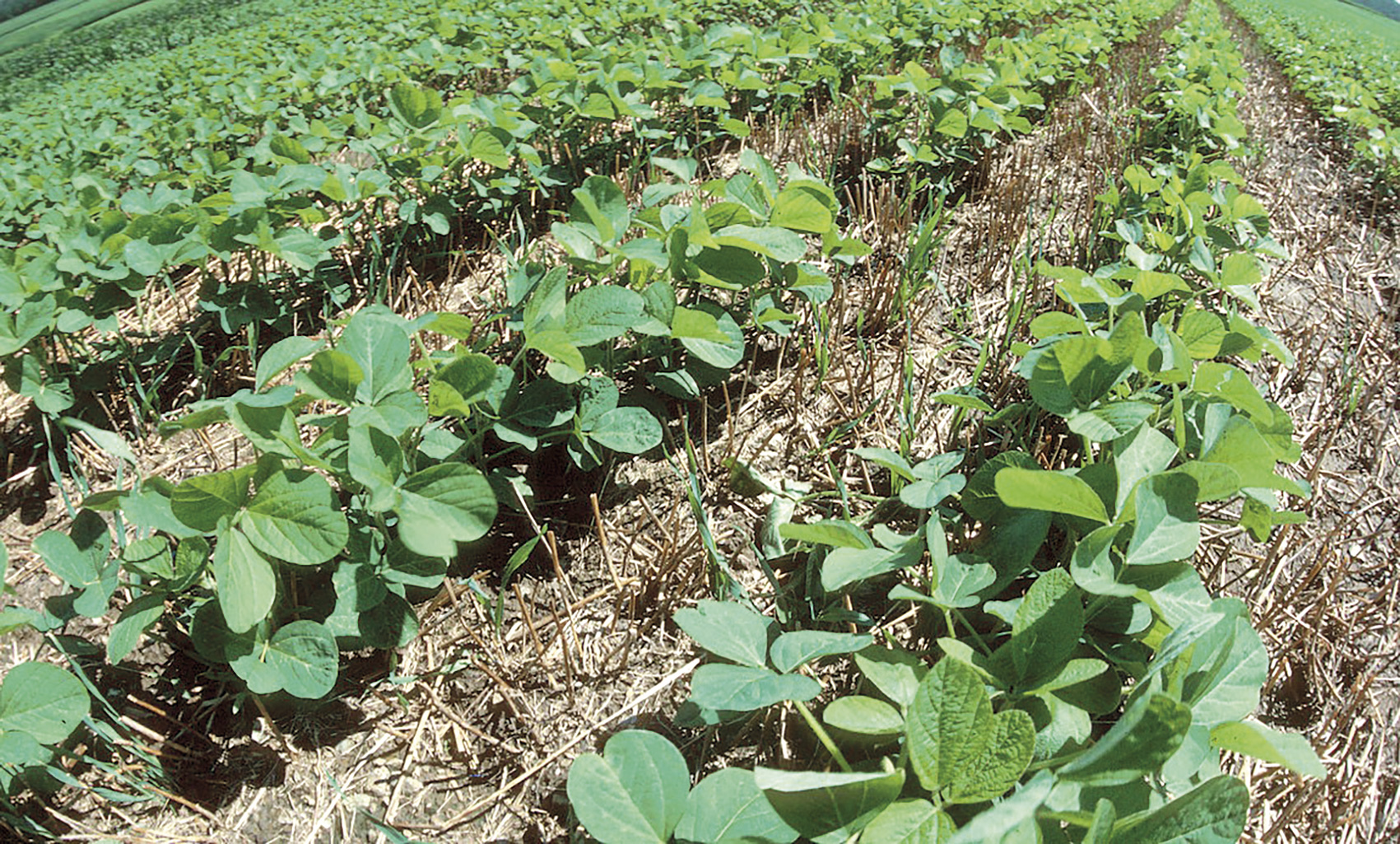
According to worm expert agronomist Marcel Bouché, the number of ornithologists in our latitudes to investigate birds that are a few grams per hectare is very significant, as well as the number of worm scholars that are more than one tonne per hectare. This contrast reflects our "superficial" view of ecosystems, excluding our own land from our vision. Agronomy itself, in its reductionist misdeeds of the twentieth century, considered the soil as an inert support for fertilizers and calculated the units of nitrogen, phosphorus or potash that should be disseminated according to the type of plant and land. Today we've realized that the soil itself is an ecosystem that helps us understand and use its characteristics.
Humans account for only 0.025% of the weight of soils (the rest is organic or mineral matter), but the life of these beings guarantees the structuring of soils and the maintenance of the structure under meteorological variations. Thanks to the worm Lumbricus rubellus, some nutrients are more affordable for plants, for example, in the lands where this worm is found there are more actinomycetes and bacteria that produce vitamin B12, to the benefit of the plants that grow in them (their positive effects on the bait are evident). Mycorrhizae, mutualists of the symbiotic association between plants and fungi, make the nutrients more affordable to the roots of plants, favor communication between plants and protect against certain diseases or harmful insects. And in the current context, a very useful feature: they trap carbon in the soil much safer than geoengineering and with these positive side effects. Hence the big question, how much can we harness soil life to remove carbon from the atmosphere?
.jpg)
Stop plating, from when and for what?
The novel Suminaren uva by writer John Steinbeck tells us about the dust storms in the Dust Bowl region. In the 1930s, the great Canadian plain to the Gulf of Mexico was hit hard by dust storms after a series of droughts. The ecological disaster was compounded by the fall in production (mainly wheat and maize), poverty and migration, especially to California. In these highly variable rainfall plains and light land there were only prehistoric meadows and nomadic bison hunting populations. In the early twentieth century, arable and cultivated land began to be ploughed with a series of wet years, but the 1930s showed that ploughing had no future. As a result, the techniques of ploughless tillage (not till) began to prevent the problem from recurring.
These techniques are based on the fact that the soil is always covered (accompanied by plants such as clover or alfalfa, or harvesting leaving thatch) and on exploiting the development of the roots of the plants so as not to compact the soil. Thanks to these techniques, the need for fertilizers is reduced (part of the nitrogen is supplied by clover), soil moisture is prolonged, heavy rains are better absorbed by the biological structure of the soil and much gas oil is saved without burning. Closer to us we can see a significant example of these techniques at the Felix Noblia farm in Burgüeñ-Erreitin.
How far can we simplify diversity?
Let us not forget that, despite the ecosystem dimension of soil, the regions of the planet, climates, agricultural traditions, tools, economic circuits, etc. They're very different. From this point of view, it can be dangerous to offer a possible global recipe, with marginal adaptations, that would serve everything, considering that this recipe emerged in the industrial growing region.
This diversity can be considered an obstacle to the study of soil carbon potential. Regenerative Organic Agriculture and Climate Change published in 2014. A Down-to-Earth Solution to Global Warming. In the document "A Solution to Climate Change from Land", the Rodale Institute estimated that every year the world's soils have a potential to remove 52 GT (billion tons) of CO2 from the atmosphere, rather than emissions from the use of fossil fuels. In contrast, in research conducted by other groups, such as the Ohio, Boston, or Texas-Austin universities, values are lower and very variable: Between 9 and 35 GT. According to FAO, the 20 GT target would only be reached in 25 years os.Segun INRA, 6.8% of French State emissions can be captured in French soils. The large differences between these estimates reflect the complexity of the problem: ornithologists know much less about soil than birds, and soils under different conditions may have very different potentials.
In addition to simplifying the understanding of the functioning of soils, another risk would be to simplify carbon capture practices through the suelos.La French association Réseau Action Climat has analyzed the economic carbon farming model: Carbon capture practices carried out by private financing on European soil are to be identified by certificates. The association sees three dangers: (1) it cannot be ensured that captured carbon remains in the soil for a long time, as droughts or weather disasters may favour the release of this carbon; (2) the GHG compensation policy does not respond to the challenge of reducing emissions rapidly and by a majority, and they have the excuse of postponing that challenge which should be a priority; (3) the centralisation of CO2 excludes soil health from other soil values. It is important to differentiate solutions from "solvency", which proposes a possible simple solution that simplifies problems and raises the enthusiasm of society without warning of collateral damage.
Even if these carbon capture practices were put in place on land around the planet, we would not be able to eliminate all the excess carbon in the atmosphere, and to say the opposite is a risk of harmful policies. However, carbon capture in soils is worth all of its positive side effects and because every ton of carbon that is removed from the atmosphere is worth it.
Klima aldaketaren eraginez, munduko lurralde gero eta gehiago idortzen ari dira, milioika pertsonaren jarduera eta bizimoduak kolokan ezarririk. Fenomeno horren frontean dago India erdialdeko Maharashtra estatua, non klimaren berotzeari eta lehortzeari metatu zaizkien oihan... [+]
Today’s Venice is built on an archipelago of 118 islands. These islands are connected by 455 bridges. The city is based on mud rather than Lura. Millions of trees in the area were cut down from the 9th century onwards to build piles and cement the city. Years have passed and... [+]
Lurrak guri zuhaitzak eman, eta guk lurrari egurra. Egungo bizimoldea bideraezina dela ikusita, Suitzako Alderdi Berdearen gazte adarrak galdeketara deitu ditu herritarrak, “garapen” ekonomikoa planetaren mugen gainetik jarri ala ez erabakitzeko. Izan ere, mundu... [+]
Eskola inguruko natur guneak aztertu dituzte Hernaniko Lehen Hezkuntzako bost ikastetxeetako ikasleek. Helburua, bikoitza: klima larrialdiari aurre egiteko eremu horiek identifikatu eta kontserbatzea batetik, eta hezkuntzarako erabiltzea, bestetik. Eskola bakoitzak natur eremu... [+]
Agintari gutxik aitortzen dute publikoki, disimulurik eta konplexurik gabe, multinazional kutsatzaileen alde daudela. Nahiago izaten dute enpresa horien aurpegi berdea babestu, “planetaren alde” lan egiten ari direla harro azpimarratu, eta kutsadura eta marroiz... [+]
Biologian doktorea, CESIC Zientzia Ikerketen Kontseilu Nagusiko ikerlaria eta Madrilgo Rey Juan Carlos unibertsitateko irakaslea, Fernando Valladares (Mar del Plata, 1965) klima aldaketa eta ingurumen gaietan Espainiako Estatuko ahots kritiko ezagunenetako bat da. Urteak... [+]
Nola azaldu 10-12 urteko ikasleei bioaniztasunaren galerak eta klima aldaketaren ondorioek duten larritasuna, “ez dago ezer egiterik” ideia alboratu eta planetaren alde elkarrekin zer egin dezakegun gogoetatzeko? Fernando Valladares biologoak hainbat gako eman dizkie... [+]
Eskoziako Lur Garaietara otsoak itzularazteak basoak bere onera ekartzen lagunduko lukeela adierazi dute Leeds unibertsitateko ikertzaileek.. Horrek, era berean, klima-larrialdiari aurre egiteko balioko lukeela baieztatu dute, basoek atmosferako karbono-dioxidoa xurgatuko... [+]









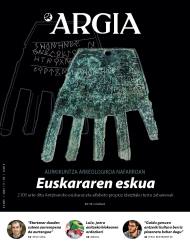

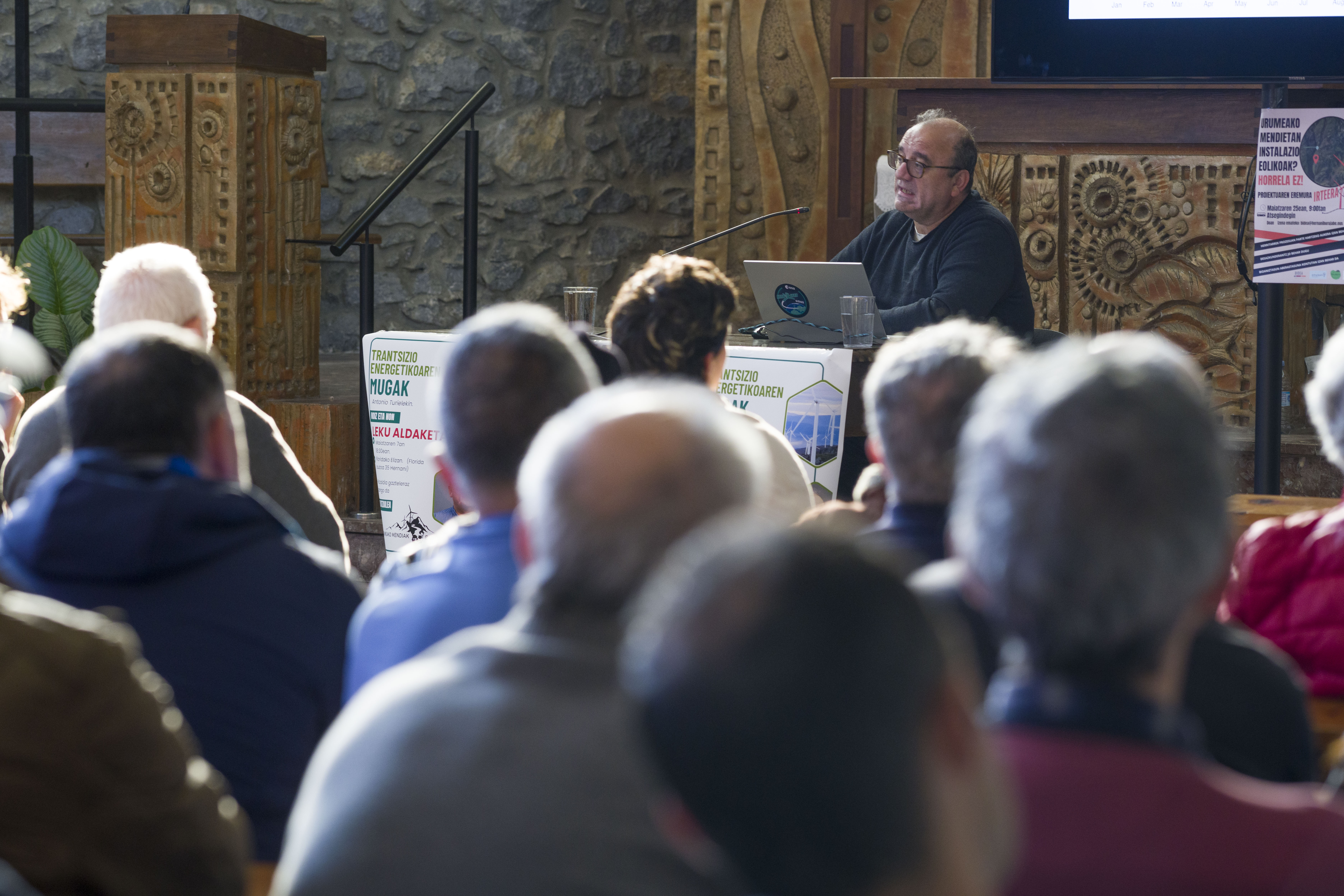

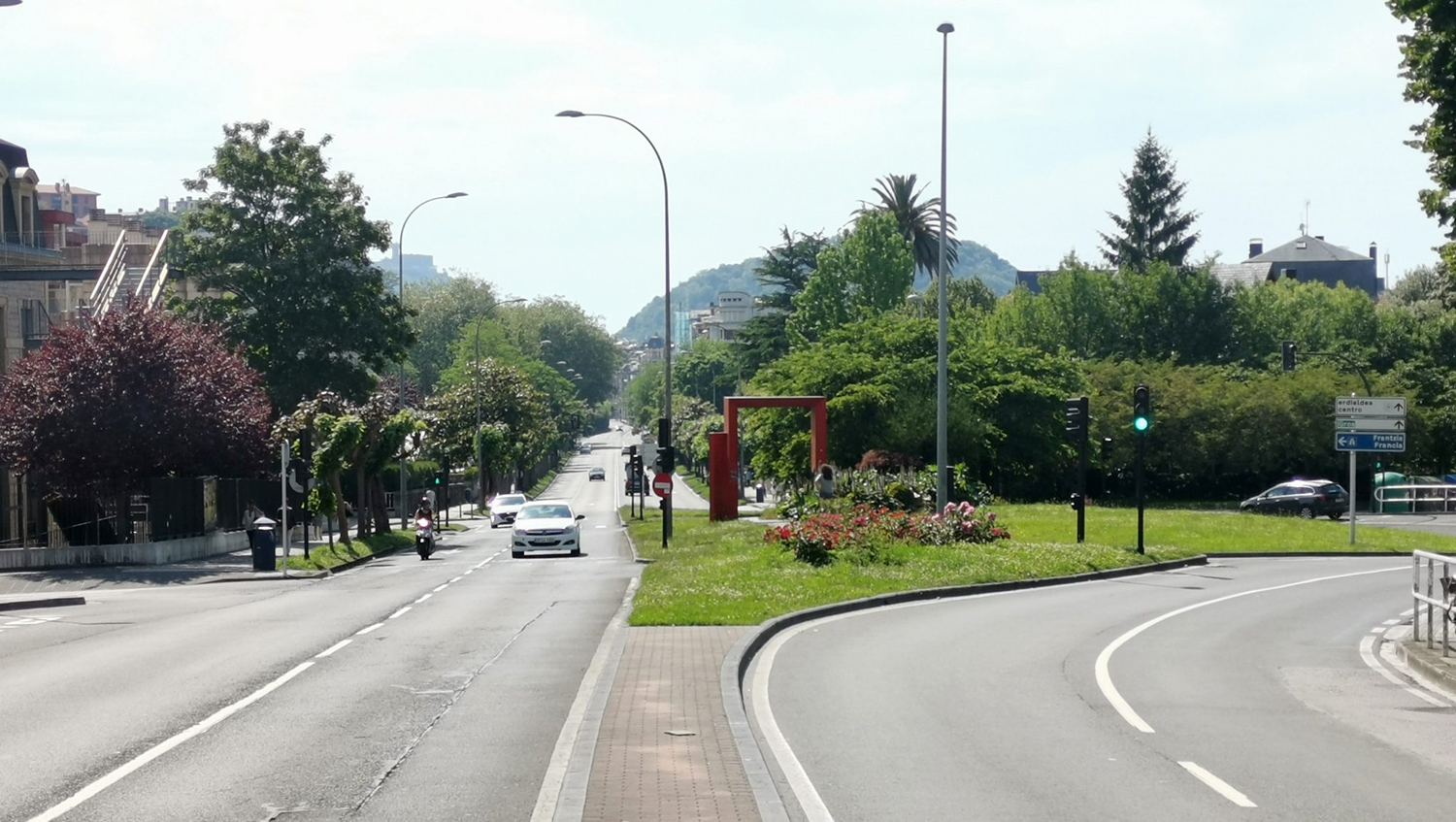





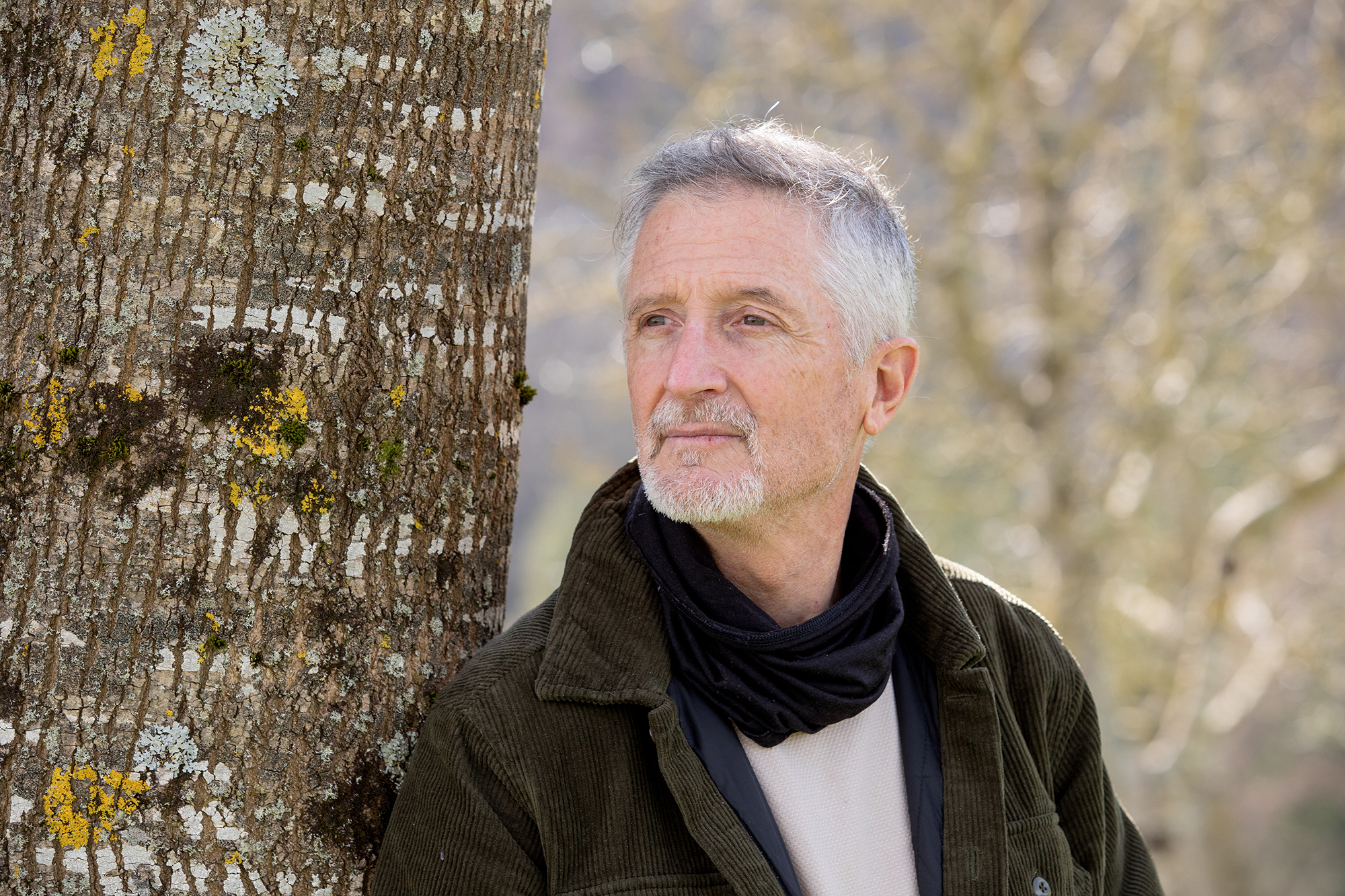


_Glaciar.png)